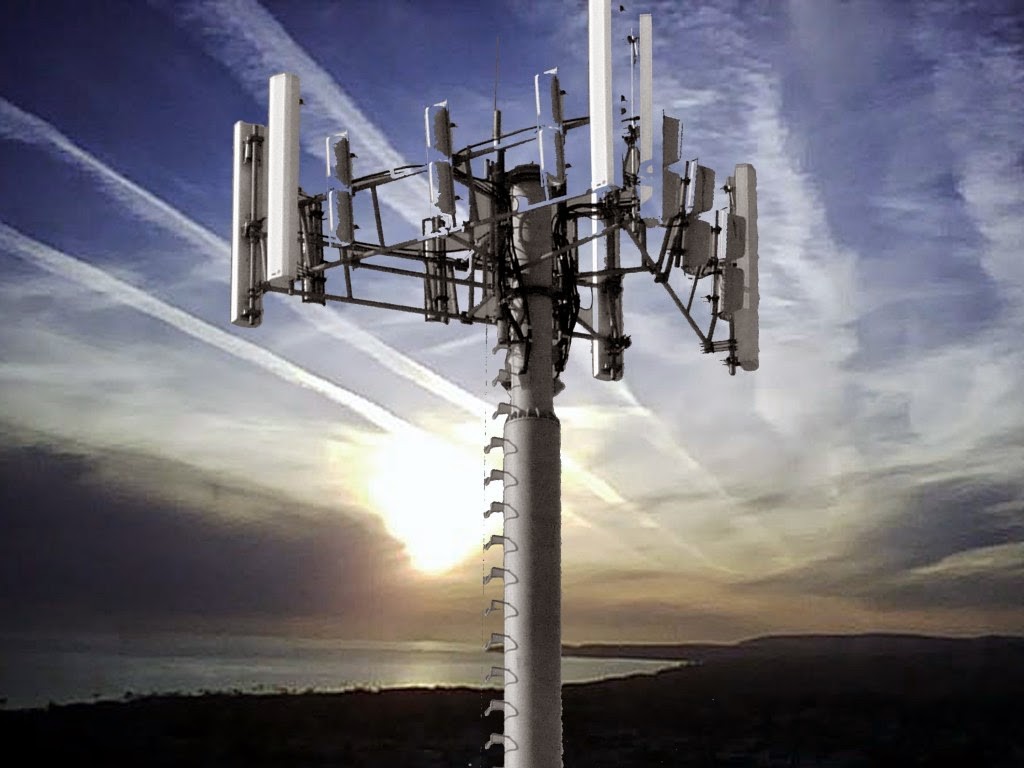If you've ever wandered through a city you might have noticed tiny cell towers for 5G placed on poles for street lighting. They look like small boxes, but they're actually broadcasting wireless signals from cellular providers to your phone.
The smaller ones are being replaced by larger specially-designed cell towers. While they're not as noticeable however, they could create issues for users.
It is the Federal Communications Commission's Radiation Exposure Thresholds
The FCC's Radiation Exposure Thresholds determine the safe distance that an individual can be exposed to electromagnetic energy generated by wireless devices. The exposure limits are based upon scientific research which prove that electromagnetic energy could cause harm to health.
The specific absorption rate (SAR) is a measure of the radiofrequency energy that is taken up by tissues. It's typically 1.6 Watts per kilogram spread over a Gram of tissue.
Since 5g is able to transmit at higher frequencies, it has the potential to cause greater energy intensity on the skin and other exposed body areas. This could lead to a wide range of potential harms, including exacerbated the development of skin conditions like dermatitis, skin cancer and cataracts.
Due to the potential for negative effects of 5G radiation, PSU has chosen to set a general localized power density limit of 4 mW/cm2 based on the average across 1 centimeter, and not to exceed 30 minutes for all 5G services at 3000 GHz. This limit for localization is in line with the maximum SAR spatial-average of 1.6 W/kg, which is averaged over 1 grams of tissues at six GHz.
The FCC's Maximum Exposure Thresholds for Maximum Exposure
Have you ever used a cell phone, then you've probably realized that the safest range from the tower is at least 400 meters away. safe distance from cell tower is due to the power of the transmission of the cell tower is significantly increased the farther your location from the tower.
While this sounds like a good idea but the truth is that people living in close proximity to towers may actually be more prone to health issues. For what is a safe distance from a cell tower , a study from 2014 in India found that those living within 50 meters of cell towers experienced much more health problems than those who lived farther far from antennas.

This study found that people who moved to areas further away from cell towers experienced their symptoms improve within a few days. Other studies have demonstrated that exposure to extreme frequencies of radiofrequency electromagnetic fields (EMFs) can lead to cancer, brain tumors as well as other health issues.
https://telegra.ph/Very-best-safest-distance-from-a-5G-cell-Tower-system-04-29-2 is due to the fact that the RF radiation utilized in wireless communications, can penetrate the human body's outer layer, which is the skin. This is vital to be aware of since the skin functions as a protective barrier against injuries caused by mechanical forces, infections by pathogenic microorganisms, and entry of toxic substances. It is also the biggest organ in the human body and is accountable for maintaining the integrity of other organs.
The FCC's Minimum Exposure Thresholds for the Minimum Exposure
The FCC's Minimum Exposure Thresholds rely on numerous assumptions that are not supported by evidence from science. This includes the false belief that exposures to RF radiation is safe due to minimal absorption into body (i.e. thermal heating of tissue).
This also overlooks the greater penetration of ELF parts of the modulated RF signal and the effects of short bursts of heat from pulsed RF waves. These theories are not compatible with the current understanding of biological effects of RF radiation, and thus, they should not be considered for health protection exposure guidelines.
In addition, the ICNIRP and FCC limit the maximum limits of exposure to peak local SARs based on the maximum spatial specific absorption rate (psSAR) that is not a reliable dosimetric instrument for determining the level of radiation exposure. In particular it is inconclusive when frequencies exceed 6 GHz. Furthermore, psSAR has not been evaluated for RF radiation that is exposed to other agents of the environment such like sunlight. In the event of interactions, RF radiation and other environmental agents could result in antagonistic or synergistic results. This can lead to an increased risk of adverse health effects. For example, exposure to RF radiation and sunlight could raise the chance of developing skin cancer and exacerbate other skin diseases such as acne.
